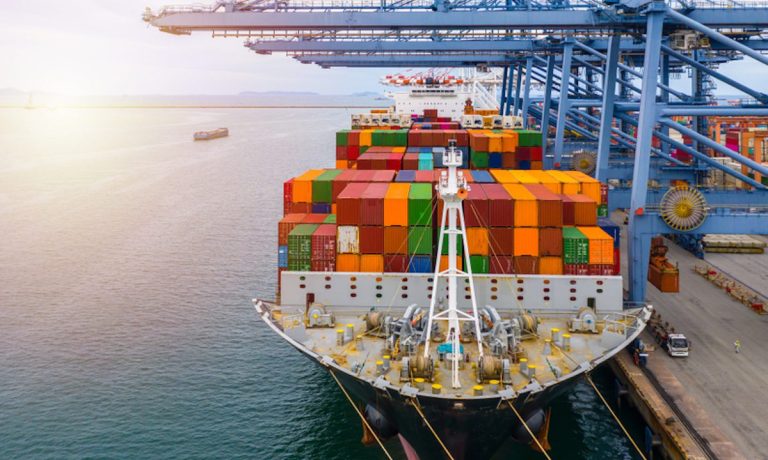
The cost of gas, groceries and almost everything else is rising, but container shipping rates have started to sink, The Wall Street Journal (WSJ) reported Friday (April 15).
Data from the World Container Index (WCI), a resource for independent container market data, revealed that Americans and other developed world consumers might be spending less on goods.
The reasons include stimulus funds disappearing; inflation at a 40-year high eroding wage gains; and the Federal Reserve Board’s aggressive rate increases.
Another factor could be the COVID-19 Shanghai lockdown, which is disturbing the flow of goods from China and reducing the need for container shipping.
The WCI has slipped 16% since January. Major routes from Shanghai to Los Angeles and Shanghai to New York have fallen 17% and 16%, respectively.
But the most dramatic statistic is the WCI is down 13% since March 10. It suggests that spring retail sales will suffer or the pandemic outbreak in China is having a bigger impact on global supply chains than many expected.
George Griffiths, managing editor of Global Container Freight Markets at S&P Global Commodity Insights, told the news outlet there’s evidence that shipping companies are continuing to have ships sail, but they aren’t loading or discharging containers at ports.
The WCI is higher than it was before the pandemic struck more than two years ago. Still, the track is expected to continue to trend downward.
This week, PYMNTS’ data revealed consumers are buying less and spending more. The report found consumers spent more on groceries and retail items in March, and retail spending reached an all-time high.
Read more: New Data Show Consumers Are Buying Less, Spending More and Changing Habits
This could spell trouble for retailers if inflation continues and consumer spending trends down. The dollar has less buying power, and many consumers are restricting their spending. Inflation has significantly impacted Americans’ spending in every channel and category.